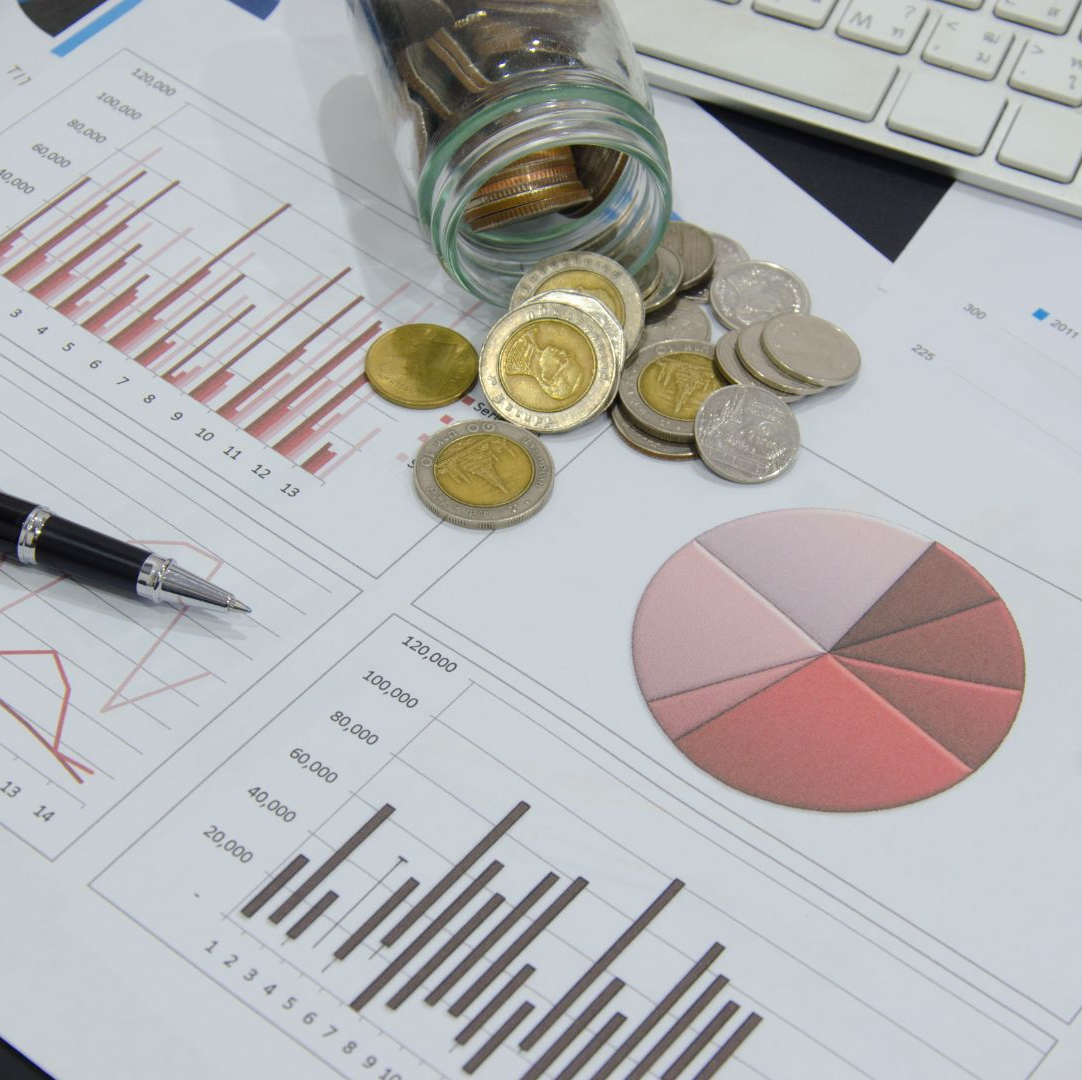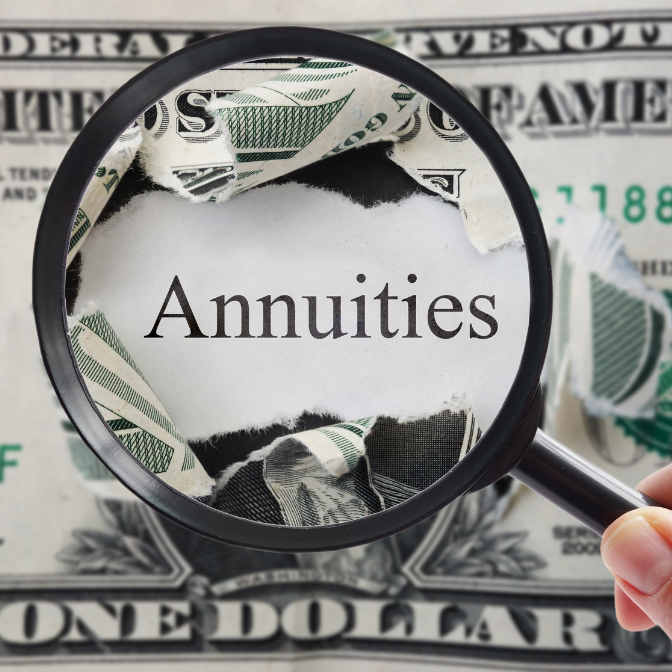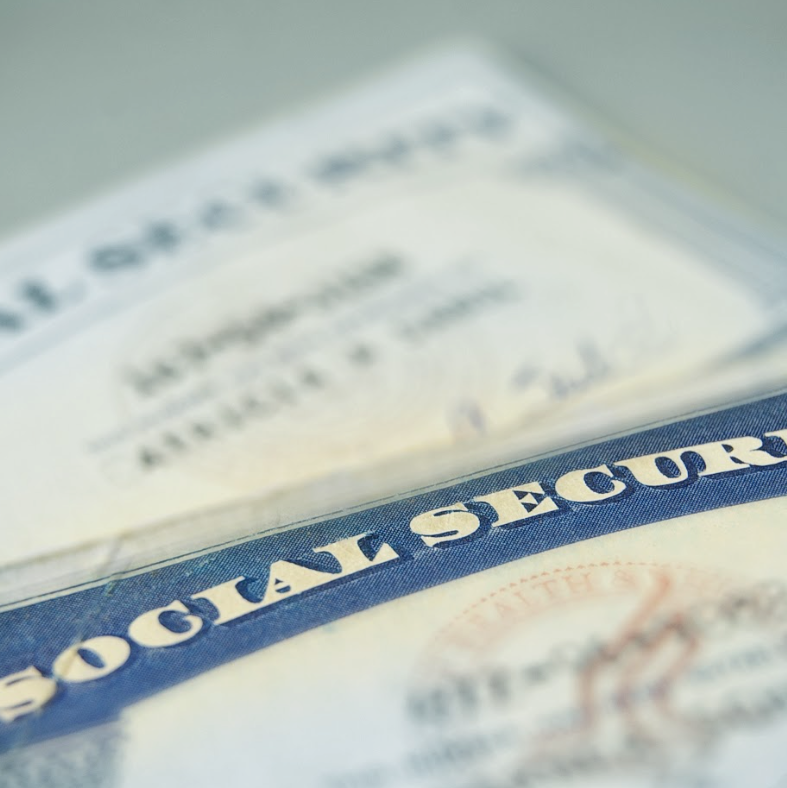Many people use lists to keep themselves on track. For instance, a daily To-Do list can help you to remember all of the errands you have to run after you drop the kids off at school and, if one of those stops is at the grocery store, it is possible that you also have a list of the items you need to purchase. That way, youre much less apt to get back home without an essential ingredient for that nights dinner!Entire companies have been built around keeping people on task, establishing good habits, and achieving goals. So why is it, then, that so many investors and financial planners alike fail to prepare for a long list of potential risks that could derail their financial future?One reason could be that they assume everything will be taken care of especially if they qualify for Medicare health coverage and Social Security retirement income benefits. But not planning for a wide variety of risks could have a severe impact on your future lifestyle and financial security. Thats why it is essential to be aware of the top retirement risks you should plan for, as well as the available potential solutions. Top Retirement Risks to Plan ForWhile there are many possible risks to your retirement, the ones that top the list include the following:
- Longevity / Living Too Long
One of the most significant risks you can face with your money is living too long. While that might sound odd, the reality is that the longer you live, the more your money will have to stretch to cover your living expenses throughout your remaining years.In addition, your money will also continue facing all of the other dangers such as market volatility, low-interest rates, inflation, emergencies, and sequence (or order) of returns risk. So, your financial plan should ideally include an income stream that will continue flowing in, no matter what else is happening in the market or the economy.
- Healthcare and Long-Term Care Expenses
Another considerable retirement risk is healthcare and long-term care expenses. Research has shown that the average 65-year-old couple who retired in 2020 can anticipate spending approximately $295,000 on healthcare costs throughout their remaining years and that figure does not include a potential long-term care expense.Long-term care could add $10,000 per month or more depending on the type of care needed. According to the Genworth 2020 Cost of Care Survey, the median cost of just one month in a private room at a skilled nursing home can run more than $8,800.Home care, on average, runs less but can still run more than $4,400 per month for essential homemaker services or a home health aide. So, unless there is a plan in place for long-term care expenses, you run the risk of depleting your portfolio.
- Inflation
Many people do not consider the impact of inflation on their retirement income. But regardless of whether youre working or retired, the price of goods and services you need will continue to rise.Think about how the price of even bare necessities like food and fuel have gone up over the past 20 years. While you are working, your income likely goes up regularly to help keep pace with inflation. But this is not always the case when you retire. Average Prices in 2000 versus 2020 2000 2020 Gallon of gas $1.26 $1.84 U.S. postage stamp 33 cents 55 cents Loaf of bread $1.72 $2.08 Dozen eggs 89 cents $1.58 Sources: https://thepeoplehistory.com/2000.html / https://thepeoplehistory.com/pricebasket.html / With people living so much longer today than they did in the past, it is not uncommon at all for retirement to last 20, 25, or even 30 years. Using an average inflation rate of just 3.2%, income would have to double in 20 years to keep pace with inflation.This means if your current retirement income is $4,000 per month, it would have to go to $8,000 in 20 years for you to maintain the same lifestyle you have today. Because of that, including a plan to increase your retirement income is a must.
- Emergencies / Unexpected Expenses
Emergencies can and often do occur, whether youre working or retired. So, it only makes sense to prepare for them financially. These can include home or auto repairs, uninsured medical expenses, and/or the cost of an unexpected trip to visit a loved one who needs assistance.Having an emergency fund can give you some financial cushion so that you dont have to dip into your retirement funds and/or put these items on high-interest credit cards where they can end up costing even more if you dont pay the balance each month.Keeping your emergency funds in a safe place is wise, such as a savings account at a bank or credit union. If you need money in a hurry, they will also be easily accessible with no surrender or early withdrawal penalty.
- Market Volatility / Investment Losses
Indeed, another key risk to cover in retirement is stock market volatility, and in turn, investment losses. Seeing the value of your investments go down is challenging at any age. Still, it can be challenging after youre retired especially if you cannot recoup the losses.Many people dont realize that getting back to even following a financial loss can require a significant amount of return. For example, if you invest $10,000 and it falls by 50% in Year 1, you will be left with $5,000.If you generate a positive return of 50% in Year 2, though, you will not be back to even. Instead, the value of your investment would be $7,500. Thats because 50% of $5,000 is $2,500 and $2,500 added to the $5,000 you had at the end of Year 1 gives you just $7,500.So, in this case, you would require a return of 100% in Year 2 just to get you back to the original $10,000 value and the more significant the loss, the more recovery you will need to get you back to square one. Gain Required to Get Back to Even Following a Loss Amount of Loss Gain Required to Get Back to Even 10% 11.1% 20% 25% 30% 42.9% 40% 66.7% 50% 100% 60% 150% 70% 233.3% 80% 400% 90% 900% 100% Broke Nobody knows when the stock market will go up or down. Therefore, it is wise to have a plan in place for diversifying your portfolio so that a market correction will not upend your entire life savings (and, in turn, your retirement income security). How to Protect Yourself Against Financial Risk in RetirementThere is no way to determine how the stock market or interest rates will perform. But there are ways to plan for various situations even after youve retired and need to rely on a guaranteed incoming cash flow.The best way to start is to discuss your short- and long-term financial objectives with a retirement income planning professional. From there, you can develop a plan that fits your specific needs.












